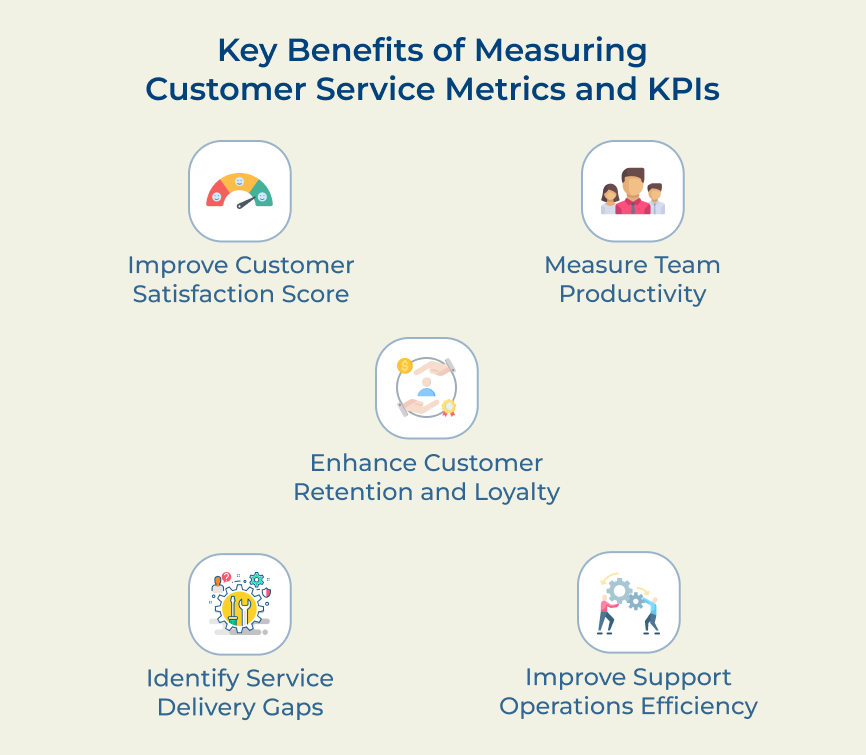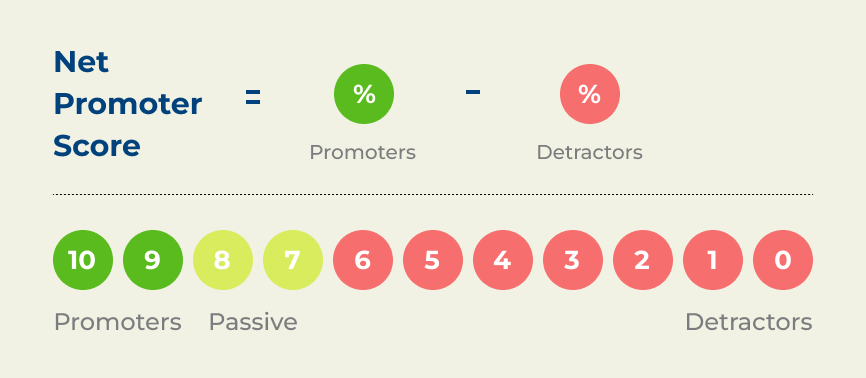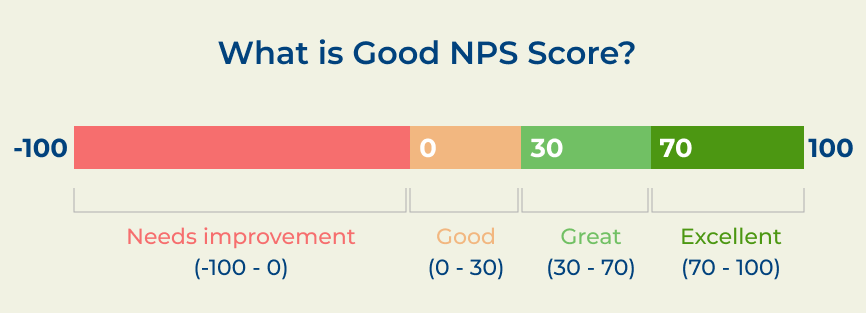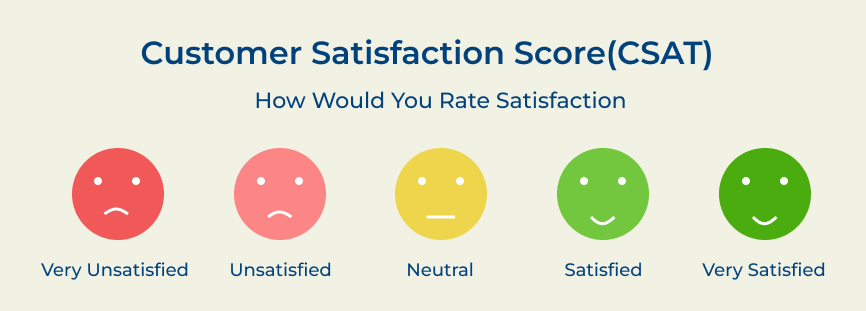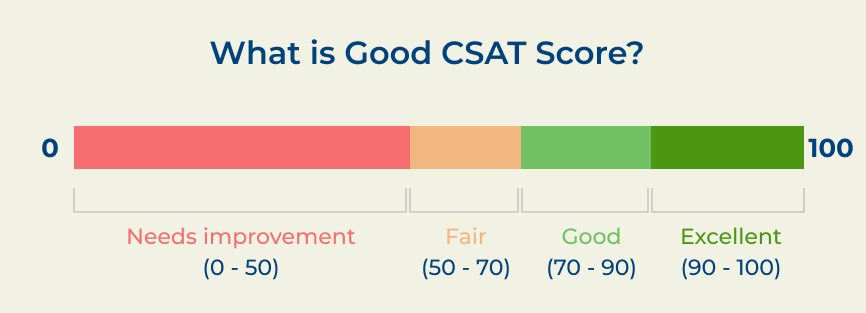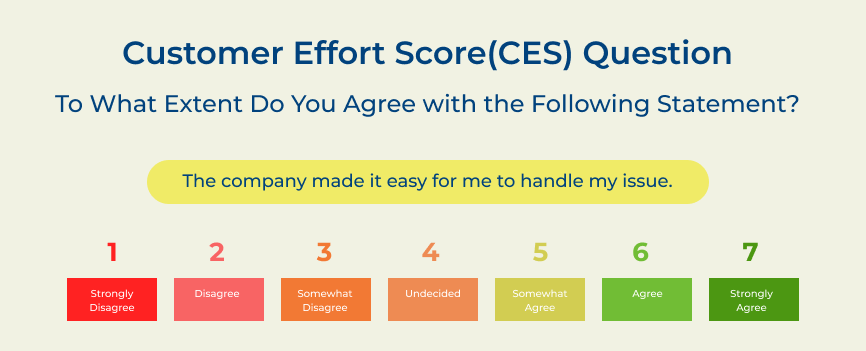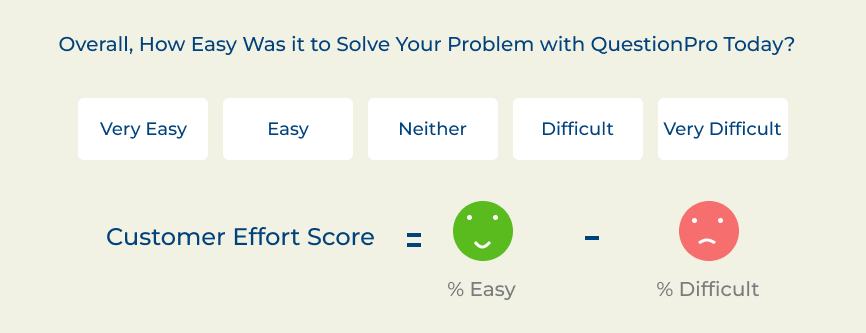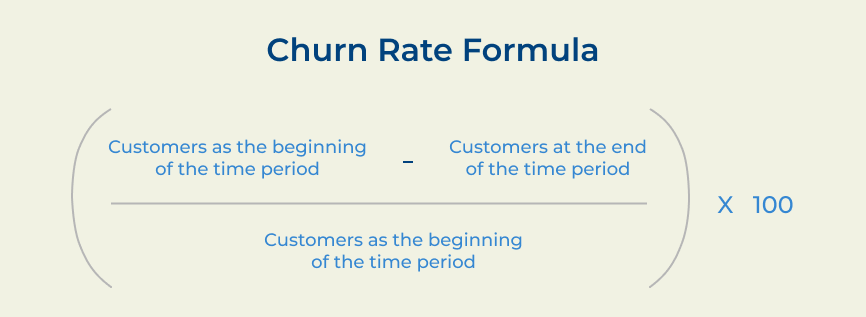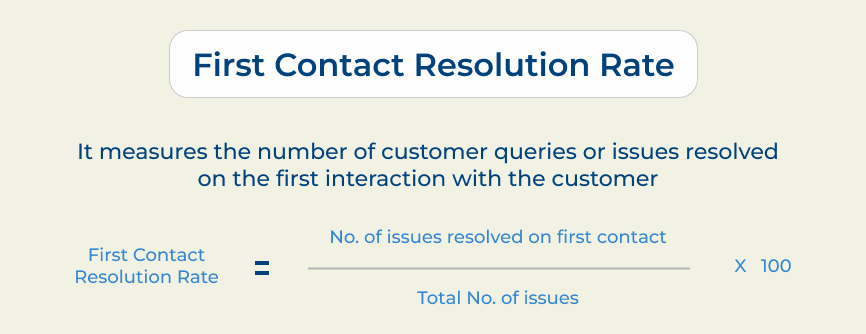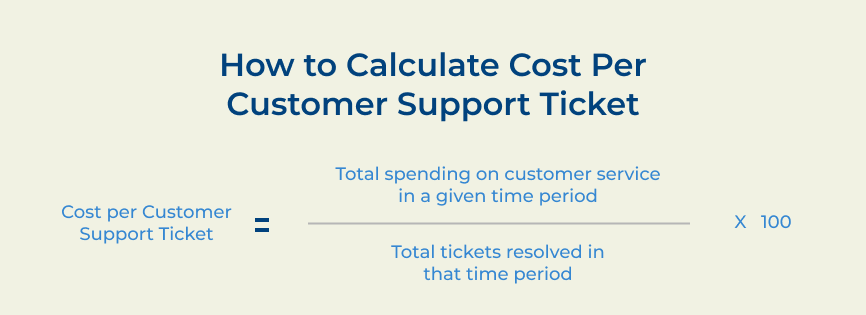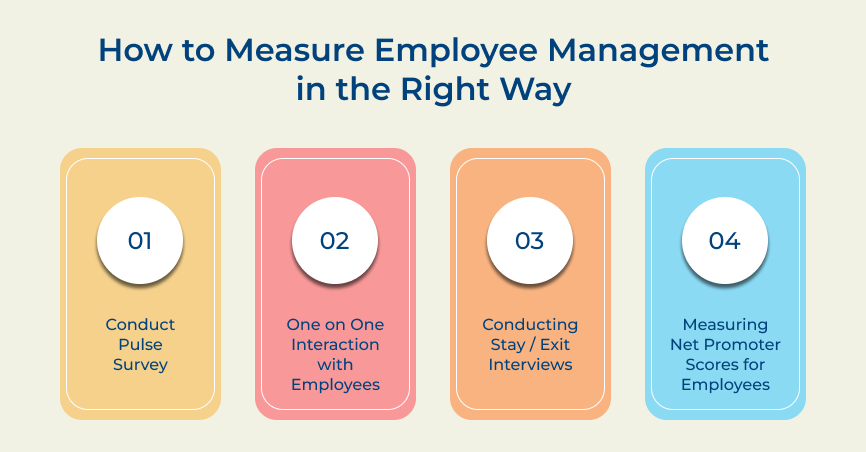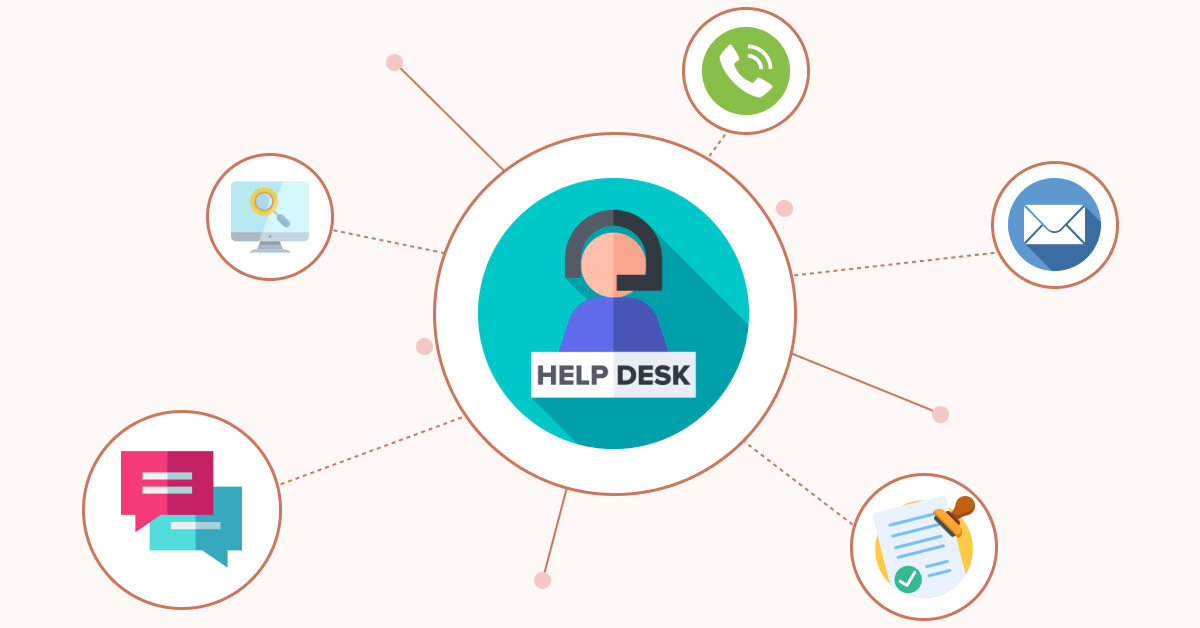How it works:
The call abandonment rate is calculated by recording the total number of abandoned calls within a specific timeframe and dividing it by the total number of incoming calls received during the same period. The resulting percentage indicates the rate at which customers are giving up on reaching a customer service representative.
Best Practices:
1. Optimize call routing: Ensure calls are routed efficiently by leveraging intelligent call routing systems that direct callers to the most suitable representative. Minimize wait times and provide alternatives such as call-back options to reduce abandonment rates.
2. Improve agent training: Invest in comprehensive training programs for customer service representatives to enhance their problem-solving and communication skills. Well-trained agents are more likely to resolve issues promptly, reducing customer frustration and abandonment rates.
3. Monitor peak call times: Identify peak call periods and allocate sufficient resources to handle the increased volume. Proactively managing call inflows during high-demand periods helps to reduce wait times and the likelihood of callers hanging up.
15. Number of Touchpoints per Ticket
Touchpoints per ticket refer to the number of interactions or communication touchpoints between a customer and a customer service team throughout the resolution process of a single ticket or issue. It encompasses all forms of contact, including phone calls, emails, live chats, and social media messages.
How it works:
Measuring touchpoints per ticket allows companies to evaluate the efficiency and effectiveness of their customer service processes. The metric provides insights into the complexity of issues, the level of effort required to resolve them and the quality of interactions. A higher number of touchpoints per ticket may indicate a lack of clarity, resource allocation, or customer frustration.
Best Practices:
1. Streamline communication channels: Offer multiple communication options to customers, such as phone, email, and live chat. Ensure these channels are easily accessible as well as integrated, allowing customers to seamlessly transition between them.
2. Provide self-service options: Implement a comprehensive knowledge base or FAQ section on your website. It enables the customers to find answers to common questions without the need for additional touchpoints.
3. Implement ticket routing: Establish a clear ticket routing system to ensure that customer support inquiries are directed to the most appropriate department or agent.
15. Service Level Agreement (SLA) Compliance
SLA compliance is a measure of how well a company adheres to the service level agreement’s stipulated response and resolution timeframes. It helps track and evaluate the effectiveness of customer service delivery.






